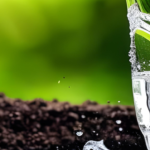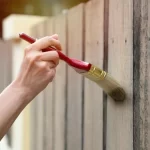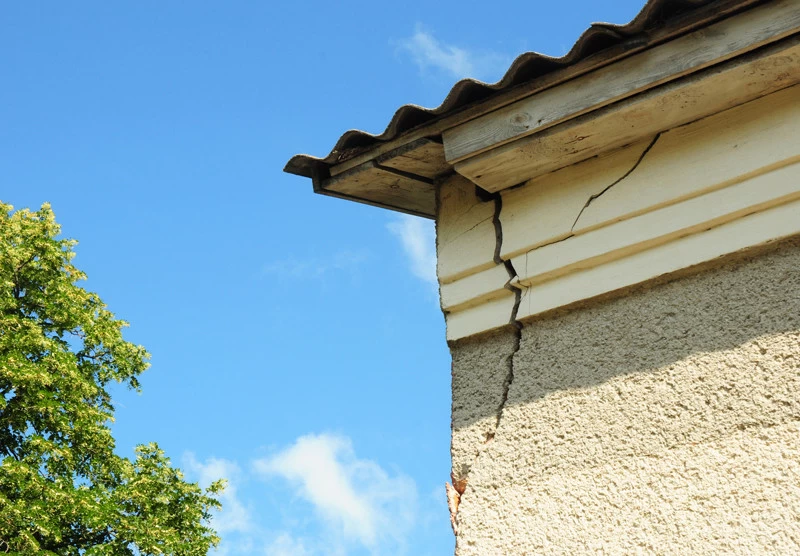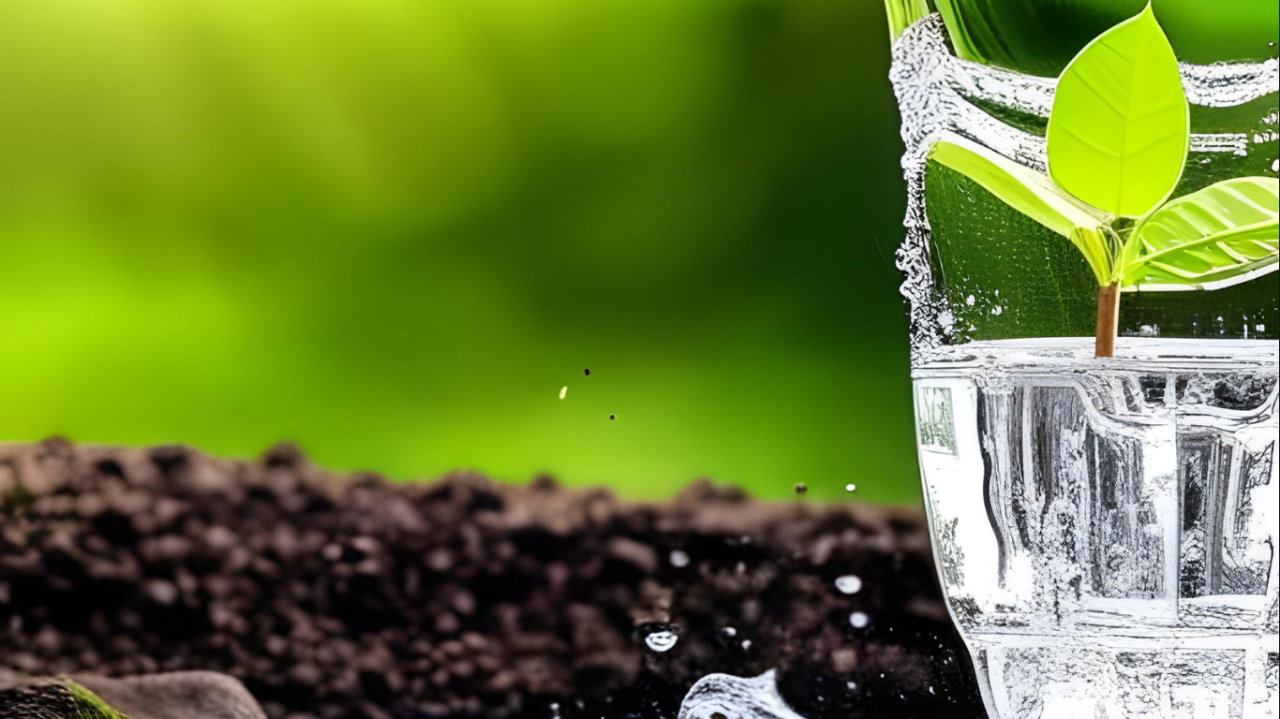Water, the elixir of life, can also be a silent saboteur when it comes to structures like buildings and bridges. Imagine a secret intruder that stealthily infiltrates the sanctity of concrete and wreaks havoc over time. This elusive infiltrator is none other than “water ingress.” In this article, we embark on a journey to unravel the mysteries of water ingress, exploring its causes, consequences, and effective remedies.
The Genesis of Water Ingress:
Water ingress, often referred to as water penetration or leakage, occurs when water seeps into structures through cracks, joints, or porous surfaces. While concrete might appear robust and impermeable, it is actually a porous material, akin to a sponge that can absorb water over time. This absorption is particularly evident in concrete with inadequate curing, poor mix design, or aging.
The Culprits Behind the Act:
A multitude of factors can contribute to the onset of water ingress. One of the primary causes is inadequate construction practices. If concrete is not properly mixed, placed, or cured, its ability to resist water infiltration diminishes. Environmental factors such as heavy rainfall, freeze-thaw cycles, and exposure to harsh chemicals also accelerate the deterioration process.
The Stealthy Consequences:
The consequences of water ingress might not be immediately apparent, but they are pervasive and potentially catastrophic. As water permeates the concrete, it corrodes the reinforcement within, weakening the structure’s integrity. The expansion of rust as the reinforcement corrodes leads to cracks and spalling on the concrete’s surface, exacerbating the problem.
A Sneak Peek into the Solutions:
Thankfully, combating water ingress isn’t an impossible feat. Several techniques and remedial measures can mitigate its impact and prolong the lifespan of structures.
- Waterproofing: The most direct approach involves applying waterproof coatings and membranes to surfaces that are prone to water ingress. These barriers create an impermeable layer, preventing water from seeping into the concrete.
- Crack Repair: Identifying and repairing cracks is vital to impede water’s access to the concrete’s interior. Epoxy injections, polyurethane sealants, and cementitious grouts can effectively seal these openings.
- Concrete Densifiers: Applying silicate or siliconate-based concrete densifiers can reduce the porosity of concrete, making it less susceptible to water absorption.
- Chemical Treatments: Surface-applied chemical treatments can react with the concrete to create water-resistant compounds, enhancing its durability.
- Cathodic Protection: Employing cathodic protection systems can shield the reinforcement from corrosion by applying a direct current to counteract the electrochemical reactions.
- Proper Drainage: Ensuring efficient drainage systems redirect water away from structures, reducing the risk of prolonged exposure to moisture.
- Quality Construction Practices: Ultimately, preventing water ingress starts with impeccable construction practices, including proper mix design, adequate curing, and meticulous attention to detail during the construction process.
The Imperative of Regular Maintenance:
Water ingress is a persistent adversary, and even with effective preventive measures, regular maintenance remains crucial. Periodic inspections, routine repairs, and applying protective coatings as needed can extend the life of the structure and ward off the detrimental effects of water infiltration.
The Eco-Friendly Approach:
In the pursuit of combatting water ingress, eco-friendly solutions are gaining momentum. Using sustainable materials, implementing green roofs, and employing permeable pavements are innovative ways to mitigate water penetration while minimizing the environmental footprint.
In Conclusion:
Water ingress might be a hidden enemy, but armed with knowledge and a proactive mindset, its destructive potential can be curtailed. By understanding the factors that contribute to water penetration, recognizing the signs of degradation, and adopting preventive and remedial measures, structures can be fortified against this silent intruder. So, let’s embark on a journey of preservation, protecting our built environment from the stealthy clutches of water ingress.










